Andrea De Lorenzo
Adults as Augmentations for Children in Facial Emotion Recognition with Contrastive Learning
Feb 10, 2022



Abstract:Emotion recognition in children can help the early identification of, and intervention on, psychological complications that arise in stressful situations such as cancer treatment. Though deep learning models are increasingly being adopted, data scarcity is often an issue in pediatric medicine, including for facial emotion recognition in children. In this paper, we study the application of data augmentation-based contrastive learning to overcome data scarcity in facial emotion recognition for children. We explore the idea of ignoring generational gaps, by adding abundantly available adult data to pediatric data, to learn better representations. We investigate different ways by which adult facial expression images can be used alongside those of children. In particular, we propose to explicitly incorporate within each mini-batch adult images as augmentations for children's. Out of $84$ combinations of learning approaches and training set sizes, we find that supervised contrastive learning with the proposed training scheme performs best, reaching a test accuracy that typically surpasses the one of the second-best approach by 2% to 3%. Our results indicate that adult data can be considered to be a meaningful augmentation of pediatric data for the recognition of emotional facial expression in children, and open up the possibility for other applications of contrastive learning to improve pediatric care by complementing data of children with that of adults.
Model Learning with Personalized Interpretability Estimation (ML-PIE)
Apr 27, 2021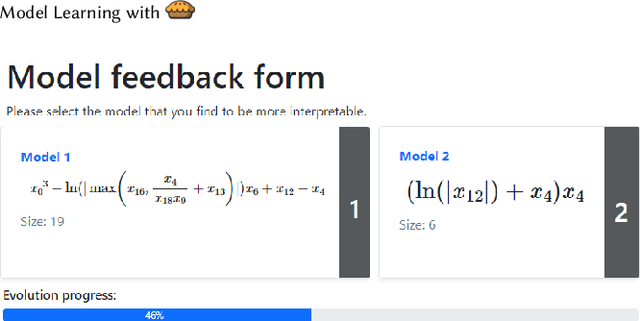
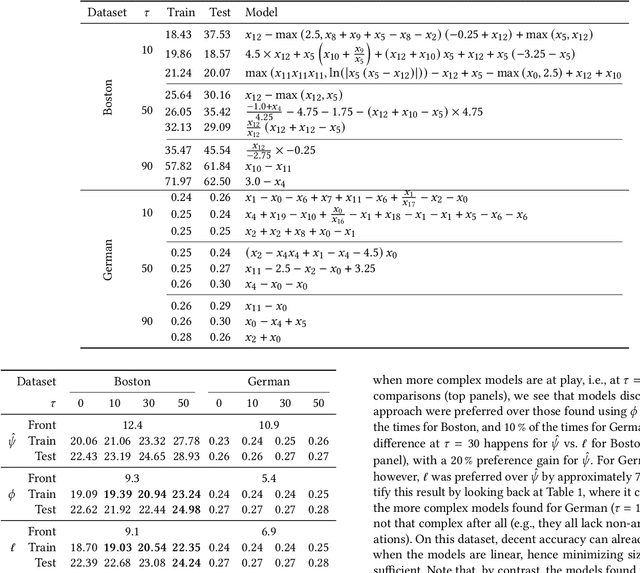
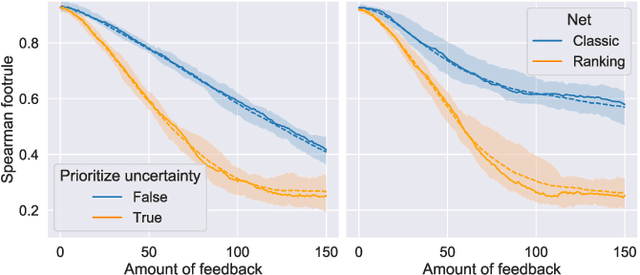
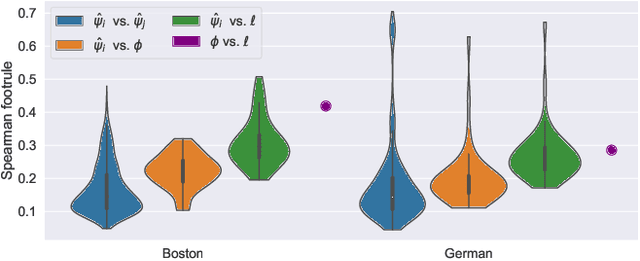
Abstract:High-stakes applications require AI-generated models to be interpretable. Current algorithms for the synthesis of potentially interpretable models rely on objectives or regularization terms that represent interpretability only coarsely (e.g., model size) and are not designed for a specific user. Yet, interpretability is intrinsically subjective. In this paper, we propose an approach for the synthesis of models that are tailored to the user by enabling the user to steer the model synthesis process according to her or his preferences. We use a bi-objective evolutionary algorithm to synthesize models with trade-offs between accuracy and a user-specific notion of interpretability. The latter is estimated by a neural network that is trained concurrently to the evolution using the feedback of the user, which is collected using uncertainty-based active learning. To maximize usability, the user is only asked to tell, given two models at the time, which one is less complex. With experiments on two real-world datasets involving 61 participants, we find that our approach is capable of learning estimations of interpretability that can be very different for different users. Moreover, the users tend to prefer models found using the proposed approach over models found using non-personalized interpretability indices.
Learning a Formula of Interpretability to Learn Interpretable Formulas
May 28, 2020
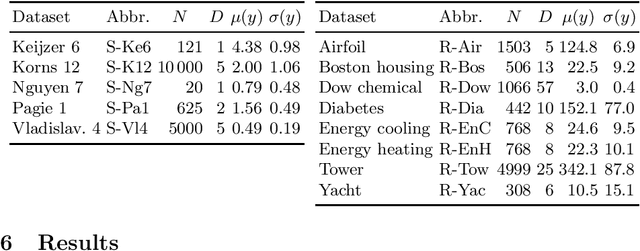

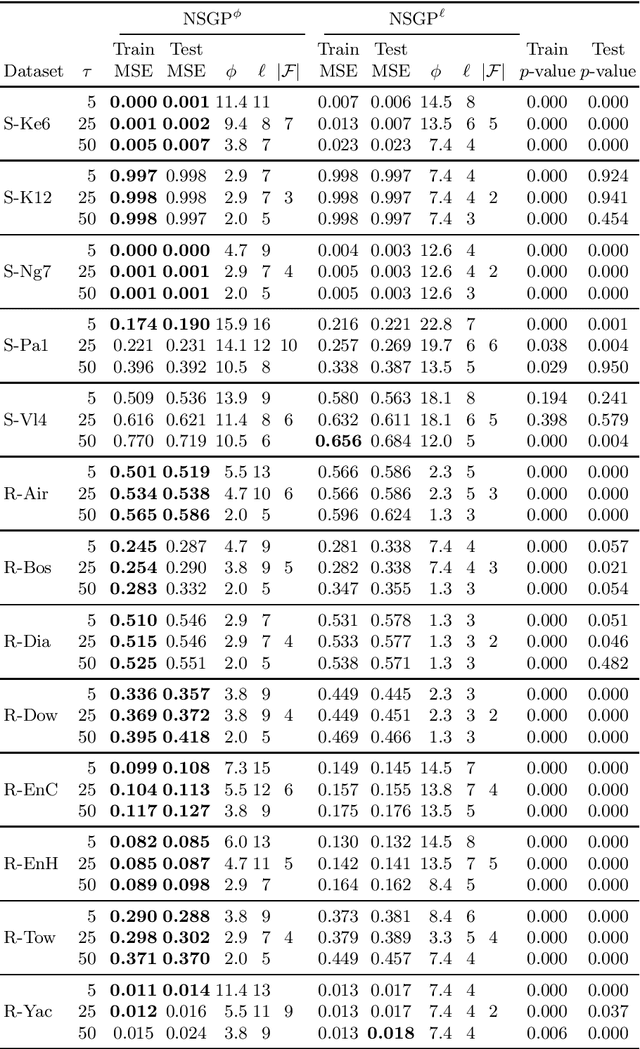
Abstract:Many risk-sensitive applications require Machine Learning (ML) models to be interpretable. Attempts to obtain interpretable models typically rely on tuning, by trial-and-error, hyper-parameters of model complexity that are only loosely related to interpretability. We show that it is instead possible to take a meta-learning approach: an ML model of non-trivial Proxies of Human Interpretability (PHIs) can be learned from human feedback, then this model can be incorporated within an ML training process to directly optimize for interpretability. We show this for evolutionary symbolic regression. We first design and distribute a survey finalized at finding a link between features of mathematical formulas and two established PHIs, simulatability and decomposability. Next, we use the resulting dataset to learn an ML model of interpretability. Lastly, we query this model to estimate the interpretability of evolving solutions within bi-objective genetic programming. We perform experiments on five synthetic and eight real-world symbolic regression problems, comparing to the traditional use of solution size minimization. The results show that the use of our model leads to formulas that are, for a same level of accuracy-interpretability trade-off, either significantly more or equally accurate. Moreover, the formulas are also arguably more interpretable. Given the very positive results, we believe that our approach represents an important stepping stone for the design of next-generation interpretable (evolutionary) ML algorithms.
Design, Validation, and Case Studies of 2D-VSR-Sim, an Optimization-friendly Simulator of 2-D Voxel-based Soft Robots
Jan 27, 2020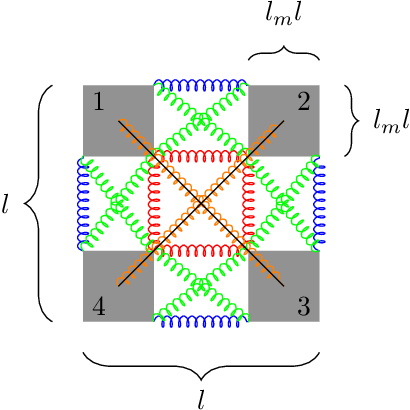
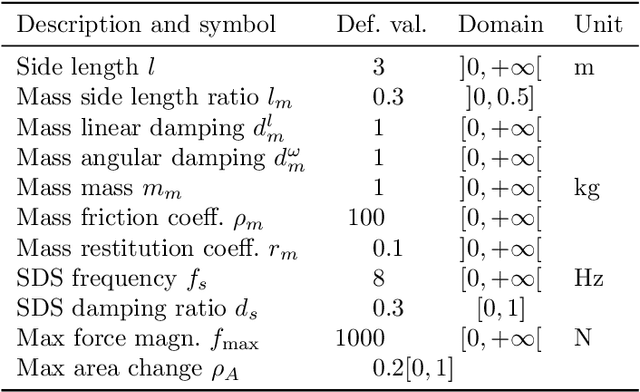
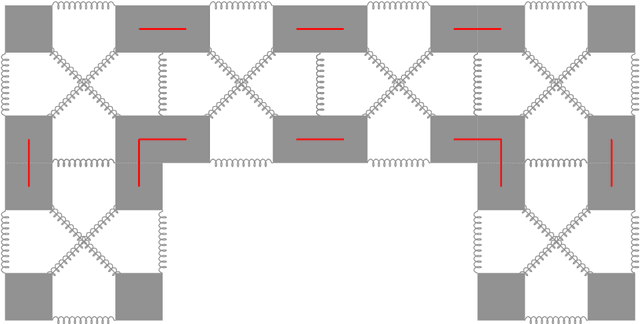
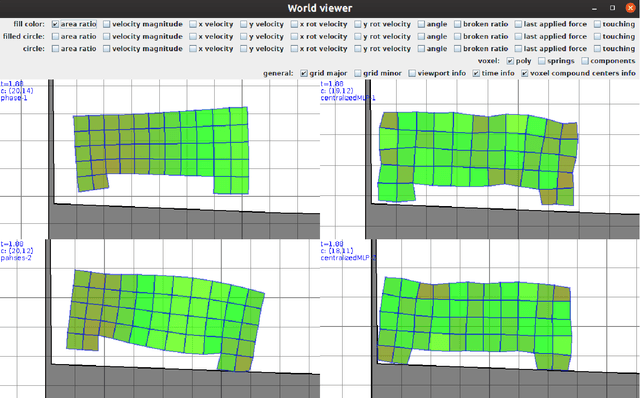
Abstract:Voxel-based soft robots (VSRs) are aggregations of soft blocks whose design is amenable to optimization. We here present a software, 2D-VSR-Sim, for facilitating research concerning the optimization of VSRs body and brain. The software, written in Java, provides consistent interfaces for all the VSRs aspects suitable for optimization and considers by design the presence of sensing, i.e., the possibility of exploiting the feedback from the environment for controlling the VSR. We experimentally characterize, from a mechanical point of view, the VSRs that can be simulated with 2D-VSR-Sim and we discuss the computational burden of the simulation. Finally, we show how 2D-VSR-Sim can be used to repeat the experiments of significant previous studies and, in perspective, to provide experimental answers to a variety of research questions.
 Add to Chrome
Add to Chrome Add to Firefox
Add to Firefox Add to Edge
Add to Edge